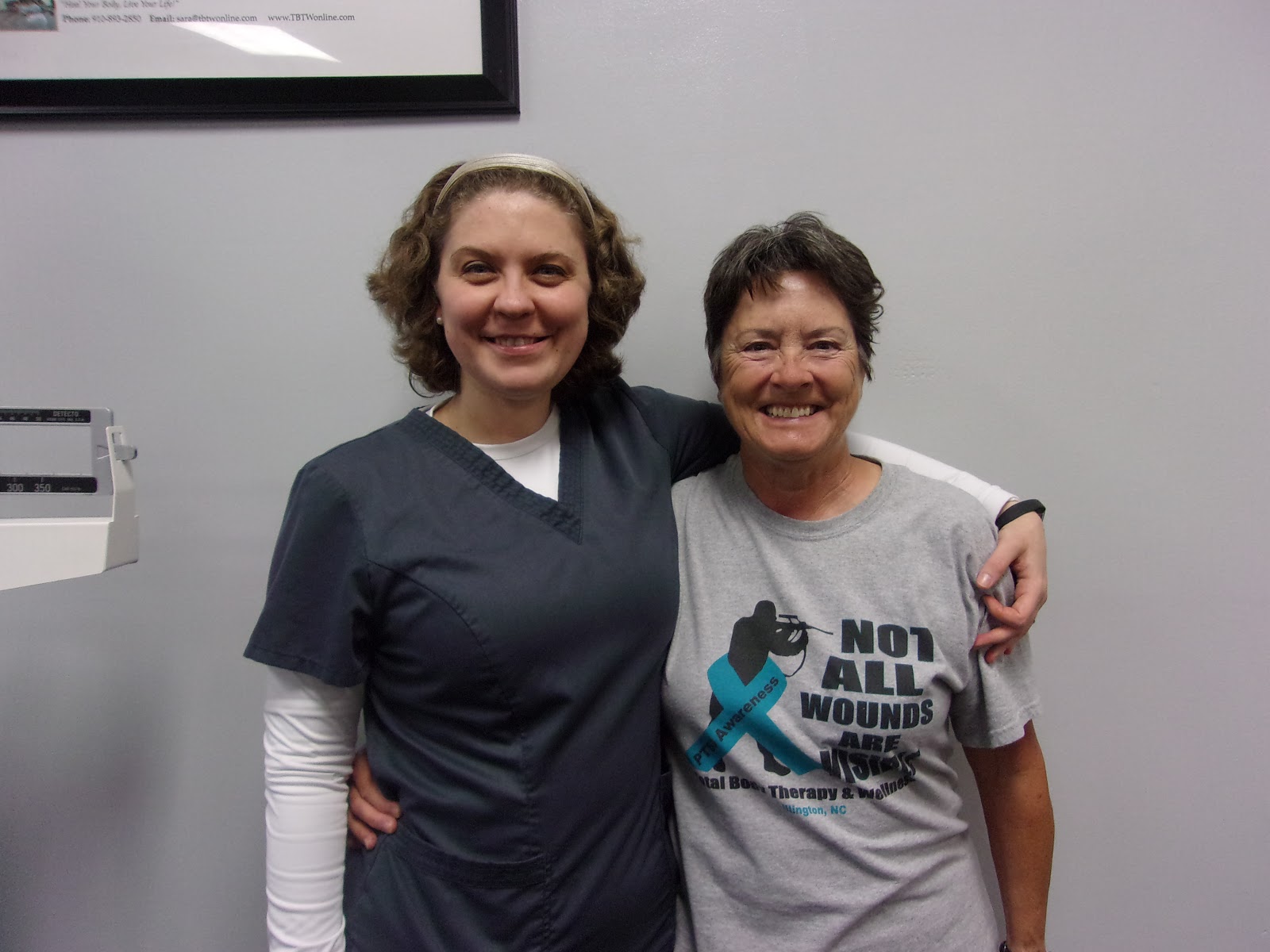Back pain and sciatica pain are closely related medical conditions. Many times, sciatica pain is the result of a medical back problem. The sciatic nerve is the longest nerve in the human body and consists of nerve roots in the lower back and runs through the buttock and down the back of each leg. Portions of this nerve branch out to the thigh, calf, foot and toes. Sciatica nerve pain is often characterized by the following symptoms.
- Low back pain that radiates down the leg
- Leg pain with burning and tingling
- Numbness in the leg or feet
- Continual pain on one side of the buttock
- Sharp pain
- Trouble sitting and getting up
It’s important to note that sciatica is not a medical diagnosis in itself. It is actually a symptom of an underlying problem. And the root cause must be identified for effective treatment. Common lower back problems that can cause sciatica include degenerative disc disease, lumbar spinal stenosis, lumbar herniated disc and spondylolisthesis.
Degenerative Disc Disease
Disc degeneration is a natural process that often occurs as we age. But, for some people it can occur young. One or more degenerated discs in the spine or lower back can irritate a nerve root and cause sciatica. This disease is diagnosed when a weakened disc is exposed. Bone spurs may also develop with disc degeneration and cause sciatica.
Lumbar Spinal Stenosis
Lumbar spinal stenosis is caused by a gradual narrowing of the spinal canal. It’s also common in the aging process and typically affects those over 50. It can be a result of a bulging disc, enlarged facet joints, arthritis or an overgrowth of soft tissue. Whatever the cause, it can result in back pain and sciatica pain.
Lumbar Herniated Disc
This condition occurs when the soft gel material of the disc leaks out and passes through the outer core. It irritates the sciatic nerve. Sciatica is the most common symptom of a herniated disc. It’s also known as bulging disc, slipped disc, ruptured disc or protruding disc.


